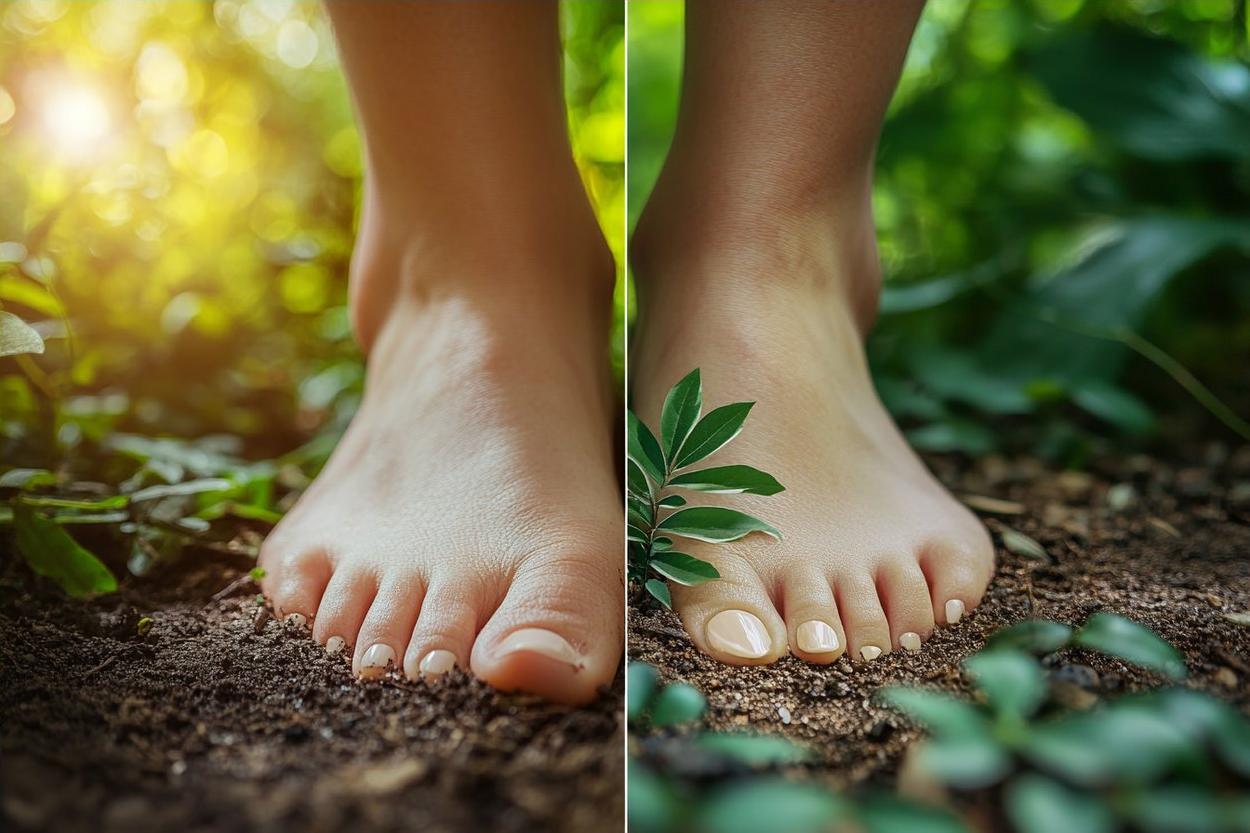The Surprising Health Benefits of Earthing: Reconnecting with Nature
Imagine a simple, cost-free practice that could potentially reduce inflammation, improve sleep, and boost overall well-being. What if this practice was as easy as walking barefoot on grass or sand? Welcome to the world of earthing, a fascinating wellness trend that's sparking interest among health enthusiasts and researchers alike.

The Historical Roots of Earthing
While the term earthing might be relatively new, the practice of connecting with the Earth is ancient. Indigenous cultures worldwide have long recognized the importance of direct contact with the Earth for health and spiritual well-being. In many traditional healing systems, walking barefoot and sleeping on the ground were considered essential practices for maintaining balance and vitality.
The Science Behind the Soil: How Earthing Works
The scientific basis for earthing lies in the transfer of electrons from the Earth to the body. The Earth’s surface possesses a subtle negative electrical charge due to its constant bombardment by lightning and other atmospheric phenomena. When we make direct contact with the Earth, free electrons are transferred from the ground to our bodies, potentially neutralizing positively charged free radicals and reducing oxidative stress.
Emerging Research: What the Studies Say
While earthing is still considered an emerging field of study, initial research has shown promising results. Several small-scale studies have reported benefits such as:
-
Reduced inflammation markers in the body
-
Improved sleep quality and duration
-
Decreased pain levels in individuals with chronic conditions
-
Lowered stress levels and improved mood
-
Better blood flow and cardiovascular health
However, it’s important to note that more extensive, long-term studies are needed to fully validate these findings and understand the mechanisms at play.
Practical Applications: Bringing Earthing into Your Life
Incorporating earthing into your daily routine can be simple and enjoyable. Here are some ways to practice earthing:
-
Walk barefoot on grass, sand, or soil for at least 30 minutes a day
-
Sit or lie on the ground in a natural setting
-
Swim in natural bodies of water like oceans or lakes
-
Use earthing mats or sheets indoors, which are designed to connect to the ground wire of electrical outlets
Remember, the key is direct skin contact with a conductive surface connected to the Earth.
Electrifying Facts About Earthing
-
The human body is mostly water and minerals, making it an excellent conductor of electricity
-
The Earth’s surface electron field is predominantly negative, which may help neutralize positively charged free radicals in our bodies
-
Rubber and plastic soles on shoes act as insulators, preventing the transfer of electrons from the Earth
-
Some athletes and trainers are incorporating earthing into their recovery routines
-
Earthing may help regulate circadian rhythms, potentially aiding jet lag recovery
Grounding Our Expectations: A Balanced Perspective
While earthing shows promise as a complementary health practice, it’s crucial to approach it with a balanced perspective. Earthing should not replace conventional medical treatments or a healthy lifestyle. Instead, consider it as part of a holistic approach to wellness, alongside proper nutrition, regular exercise, and stress management.
As we continue to navigate our increasingly digital and disconnected world, practices like earthing remind us of the profound connection between human health and the natural environment. By literally grounding ourselves in nature, we may unlock a simple yet powerful tool for enhancing our overall well-being.





